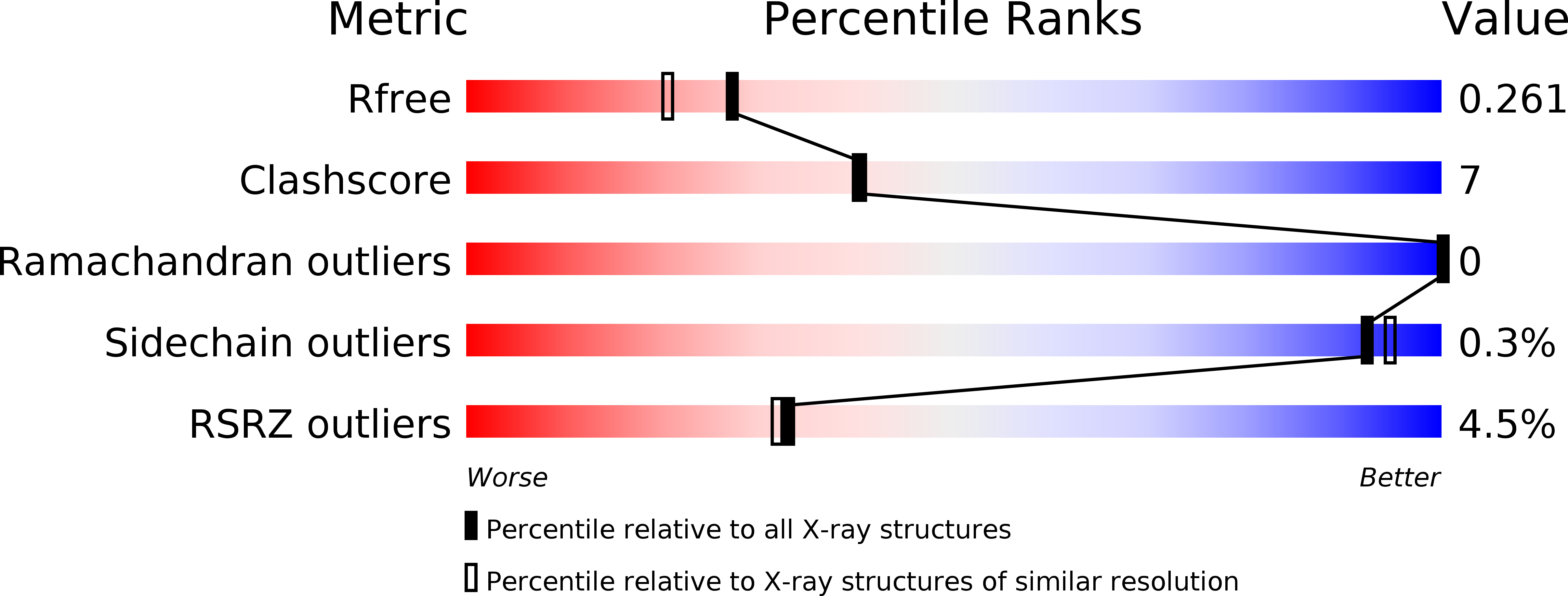
Deposition Date
2014-10-27
Release Date
2015-03-11
Last Version Date
2024-02-28
Entry Detail
PDB ID:
4RNY
Keywords:
Title:
Structure of Helicobacter pylori Csd3 from the orthorhombic crystal
Biological Source:
Source Organism:
Helicobacter pylori (Taxon ID: 85962)
Host Organism:
Method Details:
Experimental Method:
Resolution:
2.00 Å
R-Value Free:
0.25
R-Value Work:
0.20
R-Value Observed:
0.20
Space Group:
P 21 21 21


